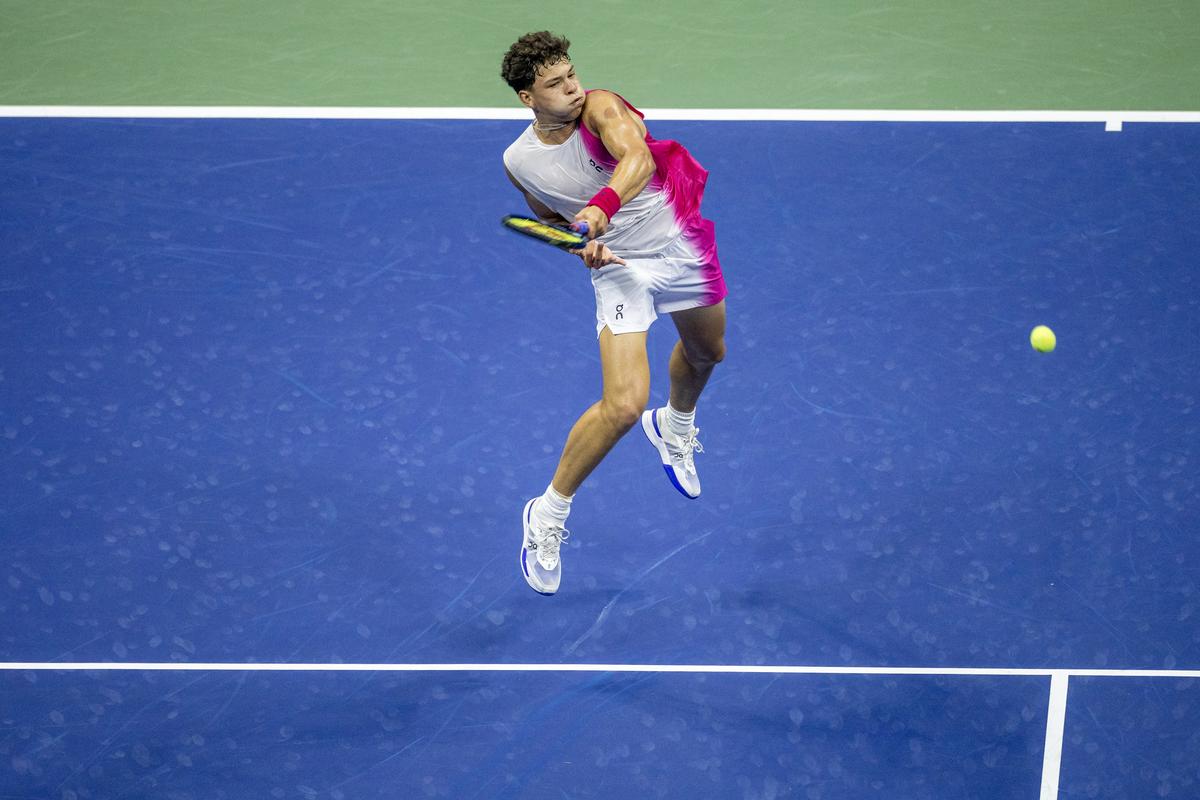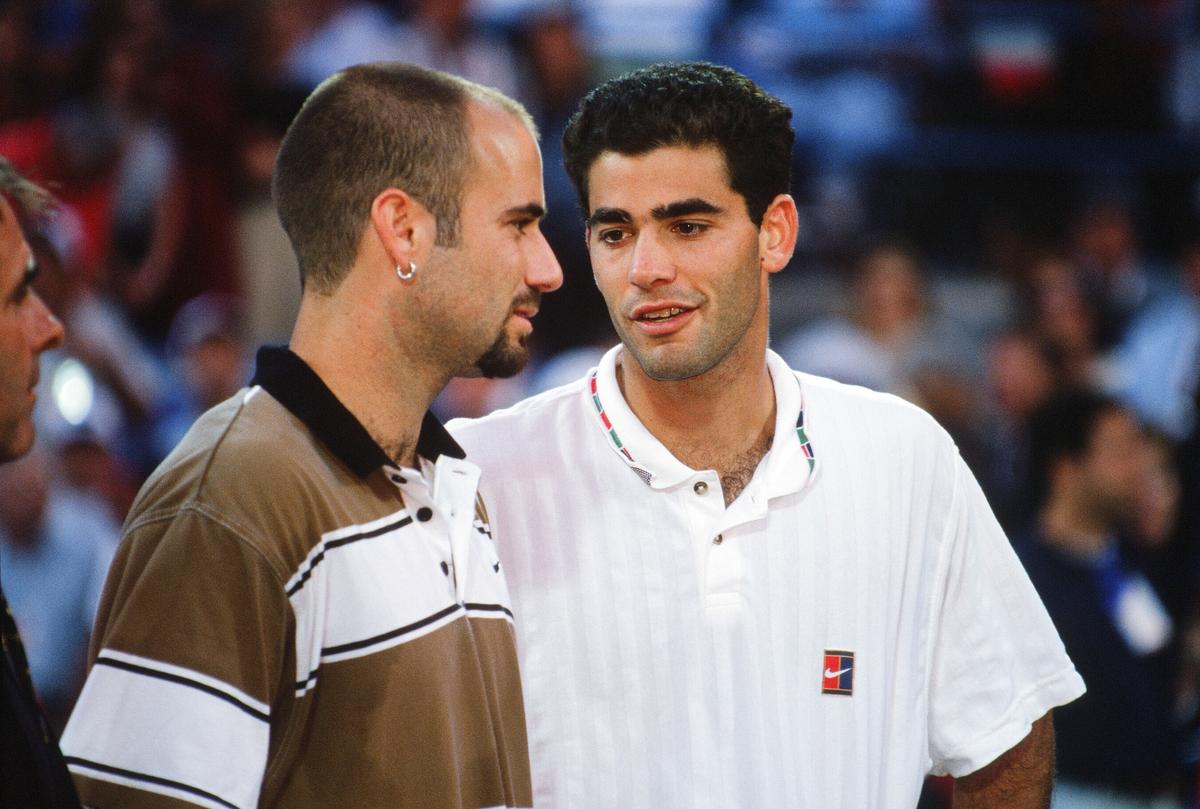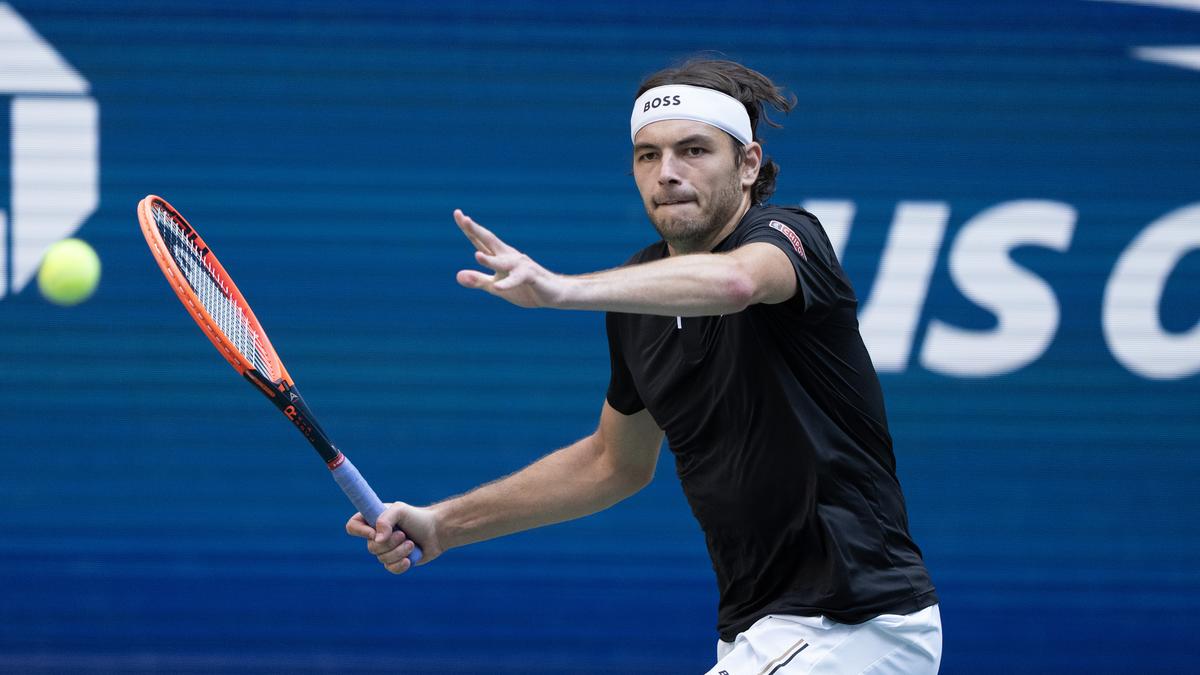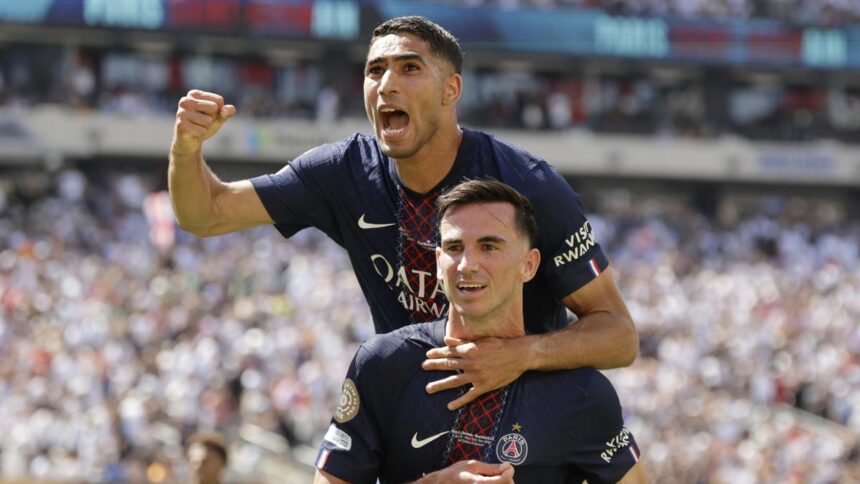Americans are tennis aristocrats. They have won a record 32 Davis Cups and players representing the United States have collected a world-leading 147 men’s singles Grand Slam titles. Bill Tilden, Don Budge, Jack Kramer, Arthur Ashe, Jimmy Connors, John McEnroe, Andre Agassi and Pete Sampras bagged 59 Majors among them, formed era-defining rivalries, and had a transformational impact on a sport they loved dearly and played with passion.
In the past two decades, however, the lords have seen a dramatic shrinking of their once extravagant riches. No American man has won a Grand Slam singles championship since Andy Roddick at the 2003 US Open. And until Taylor Fritz made it to the title round in New York last year, the US had endured more than 15 years’ misery, having not had a male player in the summit clash since Roddick at 2009 Wimbledon.
On a swing and a prayer
But before every Major, especially the one at Flushing Meadows, there is a fervent prayer for this drought to end and for the US’ glorious past not be reduced to merely a quaint historical enquiry. Ahead of Sunday, when the latest edition of the season’s last Slam, the US Open, gets underway, there is certain to be another desperate invocation of the holy spirits to shower some grace and advance their case.
Prima facie, the Americans are closer than ever. The US has four members in the top-20 — Fritz at No. 4, lefty Ben Shelton, who won the Toronto Masters this month, at No. 6, Tommy Paul at No. 14 and Frances Tiafoe at No. 17. Fritz’s run to the US Open final in 2024 and his semifinal finish at Wimbledon this July are encouraging signs. Tennis may still be a niche sport in the States, but it hasn’t fallen out of favour, as seen from the fact that the US has as many as 13 players in the top-100, joint-highest with France.
But a combination of factors, like the dominance of the Big Three of Roger Federer, Rafael Nadal and Novak Djokovic in winning 66 of 81 Majors from Wimbledon 2003 to US Open 2023, and the meteoric rise of Carlos Alcaraz and Jannik Sinner, who have swept the last seven Slams and ensured a wrinkle-free transition into the next era, appear to have left Fritz, Shelton, et al. with little wriggle room to work with.
It may also be that America’s long-time reliance on the Kramer-inspired ‘Big Game’ of the 1940s and 50s — a cannonball serve followed by a crushing putaway — has not helped the blossoming of more complete styles of play. The US produced fleet-footed geniuses who mastered the faster surfaces, but not clay, which is said to inculcate all-court skills like patience, discipline and point construction.

Getting closer: Ben Shelton starts the season’s final Major in excellent form, having won the Toronto Masters this month. He has also lost to the eventual winner in each of the three Grand Slams this year.
| Photo Credit:
Getty Images
There are of course glorious exceptions in seven-time French Open champion Chris Evert — arguably the best woman on clay ever — who grew up on the green clay courts in Florida, quite a rarity in today’s world. Among men, two-time Roland-Garros winner Jim Courier and Agassi, who claimed all four Majors, are vivid examples.
But the average American tennis player is still bred on medium to fast acrylic, which is the surface for the four ATP Masters 1000s (Indian Wells, Miami, Canada and Cincinnati) and the one Slam North America hosts. Fritz, Shelton, Paul and Tiafoe have reached six Major semifinals and one final. None of those have come on the Parisian red dirt.
ALSO READ | Future, at last: On tennis’ brand-new era
While it is true that three of the four Slams are still played on fairly quick courts, modern-day tennis, driven by superior racquet technology, use of heavier balls and a baseline-dominant technique, is moving towards a certain homogenisation. Though there are bespoke skills that still bring rewards, the differentiation between surfaces isn’t as stark as it used to be.
An almighty jostle
Federer and Nadal had their preferences, and so do Djokovic, Alcaraz and Sinner. But even on their less-favoured courts — clay for Federer, grass for Nadal — there were no glaring weaknesses. Djokovic is arguably the most complete player in history, and early signs are that Alcaraz and Sinner will join him. All of this has meant that the tennis of the last two decades has been an almighty jostle, with no customised windows of opportunity for specialists to strike gold.
But former World No. 1 and eight-time Major winner Agassi opined that things would turn and equated the current state of American men’s tennis to the late 1980s when McEnroe and Connors were on the wane and the nation was looking for new heroes.
“I think you need each other to succeed,” Agassi said last December at an event in Bengaluru. “I was the first one to turn pro and I made [Michael] Chang, Pete and Courier believe they could do it. Chang was the first one to win [French Open 1989], and he made Pete and Courier believe that they could.
“And Courier said, ‘Well, I can be No. 1 in the world’. I’m saying, ‘Wait a second, what the hell about me?’ So we all helped each other in a lot of ways. And I think these Americans now are starting to prove [that] to the other Americans.”
Fritz & Co. can also draw inspiration from the women. In the period since Roddick’s only Major triumph, American ladies have won 25 Slams. While 20 of these are Venus and Serena Williams’, the successes of Sloane Stephens (2017 US Open), Sofia Kenin (2020 Australian Open), Coco Gauff (2023 US Open and 2025 French Open) and Madison Keys (2025 Australian Open) show the emergence of a new wave of champions.

Lifted by competition: Andre Agassi is of the opinion that the current group of American men are beginning to push each other to improve, much like an earlier golden generation, headlined by Pete Sampras and himself, had.
| Photo Credit:
Getty Images
Four women are in the latest WTA top-10 — Gauff (No. 3), Jessica Pegula (4), Keys (6) and Amanda Anisimova (9). Pegula and Anisimova could have added to the Major tally if not for their defeats to Aryna Sabalenka (2024 US Open) and Iga Swiatek (2025 Wimbledon).
ALSO READ | Coco Gauff splits with coach Daly ahead of U.S. Open
Hope can also be had from the fact that the field below Alcaraz and Sinner looks airy. The celestial duo may have established a near stranglehold at the top and ensured that the European supremacy of men’s tennis doesn’t miss a beat, but the rest of the Tour is chaotic and messy. The legendary Djokovic, 38, appears to be fading; No. 3 Alexander Zverev has flattered to deceive despite reaching three Slam finals while Daniil Medvedev, the 2021 US Open winner, and Casper Ruud, three-time Major finalist, seem to have stagnated.
The next step
“I think it’s only a matter of time before someone takes the next step,” American Sebastian Korda, a former World No. 15 who is on a comeback trail from injury, told The Hindu.
“Taylor making the final last year was something that hadn’t happened for long. That’s already huge progress. Ben [Shelton] lost to the two [eventual] champions both at Roland-Garros and Wimbledon. So they’re obviously both extremely close, making quarters and semis of Slams pretty consistently. So, I think, it’s gonna be a great couple weeks for the Americans.”




















